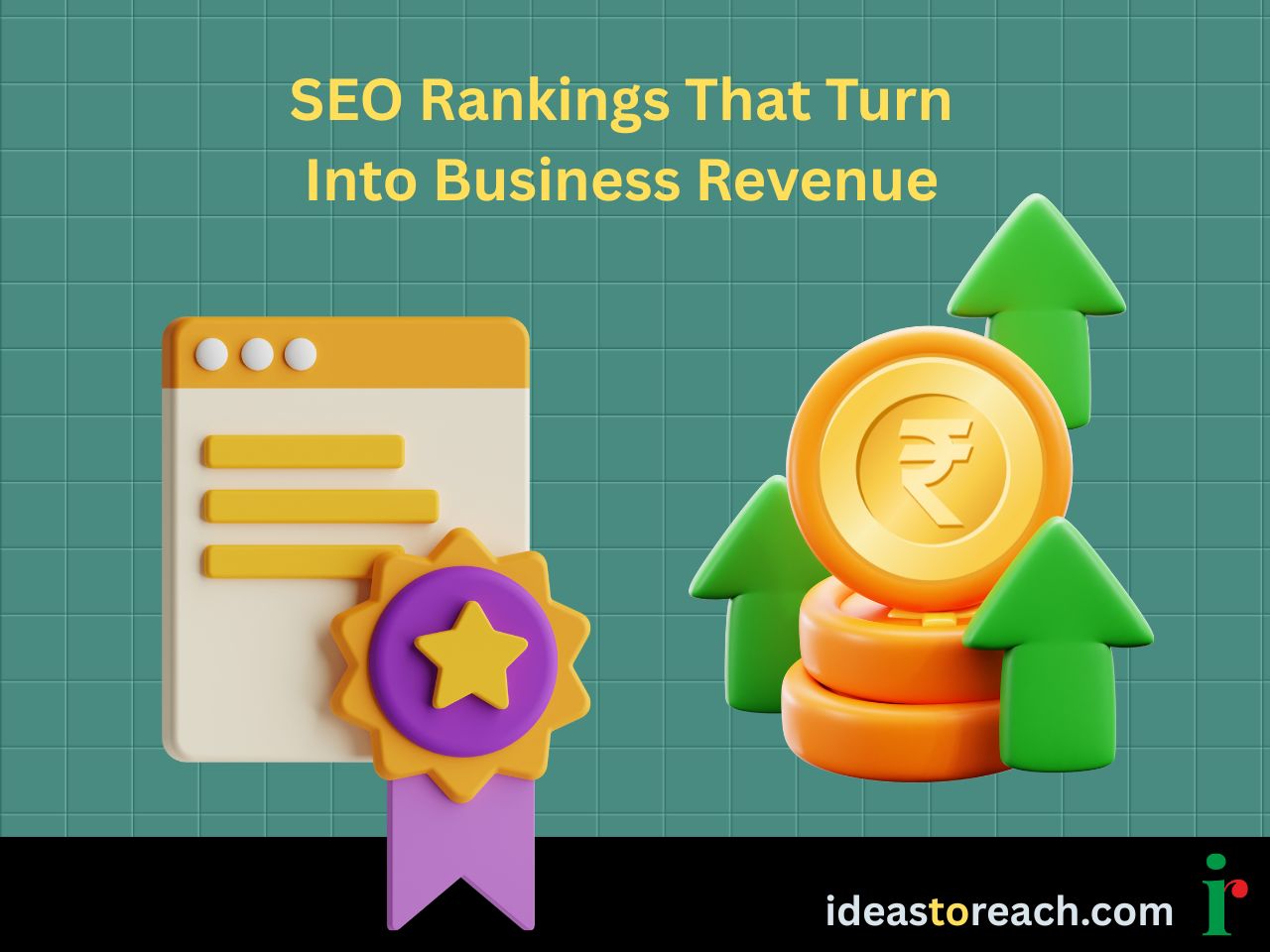
Landing on the first page of Google feels great. But if sales don’t follow, the celebration fades pretty quickly. That’s when it hits you—traffic isn’t everything.
Having top rankings is like owning a shop on the busiest street in town. Lots of people pass by. But if nobody steps in and buys, what’s the use?
That’s the reality many face today. Search visibility gets all the credit, but it’s what comes after the click that decides whether your SEO is truly working.
Let’s be honest—ranking #1 for a keyword feels like a win. But does it move the needle?
It should. SEO isn’t about pleasing algorithms. It’s about helping your business grow.
That growth comes when search connects real people with what you offer. When someone types in a query, finds your page, clicks through, and says: “This is exactly what I need.”
That’s the moment SEO meets revenue. To consistently connect rankings with outcomes, your Domain Authority Guide can be a powerful indicator of trust and relevance.
A few ways SEO shows up in real business terms:
When your SEO answers those questions, it starts pulling its weight—not just in reports, but in your balance sheet.
You can stare at graphs and dashboards all day, but the only numbers worth caring about are the ones that relate to your business.
Also, make sure your site’s technical elements are well-structured—if you're wondering how JavaScript may affect SEO, here’s a useful breakdown.
| Business Goal | What to Measure |
|---|---|
| Sales | Track conversions from organic traffic |
| Quality of Leads | Time spent on site, pages viewed |
| Customer Value | Return visits, session depth |
| Brand Recall | Increase in branded keyword searches |
| Local Reach | Google Business Profile views and clicks |
You’re not doing SEO to impress a report. You’re doing it to grow your business. These metrics help you stay honest about whether that’s happening.
There’s a world of difference between someone searching “office chair” and someone typing “best ergonomic chair under 10k for lower back pain.”
One’s browsing. The other’s buying.
Here’s where your keyword research needs a shift:
When you start targeting these intent-rich keywords, you’ll see fewer visitors—but more buyers. And that’s what matters.
To make your targeting sharper, use insights from our Keyword Research Tools & Strategies guide.
Plenty of websites get the click. But they don’t get the sale.
So what changes that?
Want to go deeper into messaging? Learn how to make your content fill rather than kill.
Your meta description isn’t a summary—it’s an invitation. Make it tempting.
When you start treating your pages like helpful conversations, not promotional flyers, things start to change.
Even the best content fails when the foundation is shaky. Here's where technical SEO quietly makes or breaks your results:
Here’s a simple guide to internal linking that helps fix dead ends and improves page flow.
It’s not about being a techie. It’s about removing every possible obstacle between the visitor and the sale.
This becomes even more essential if you’re preparing for structured data enhancements or rich snippets that tie into conversion goals.
These small tweaks give you a map—from keyword to conversion.
If someone first finds you via search, then later signs up from an email, does SEO get any credit?
Without proper attribution, it doesn’t.
Try using models like:
To understand where attribution fits in SEO growth stages, check The Tipping Point in SEO —it’s when rankings start turning into real gains.
Attribution helps explain what’s working, and where to double down.
This is where many SEO strategies fall short—they operate in isolation.
The most successful ones? They work hand-in-hand with sales and marketing data:
Blending SEO insights with real outcomes is also key when optimizing for Google AI Overviews.
Data from your CRM isn’t just for sales—it’s a goldmine for SEO insights.
SEO isn’t a set-it-and-forget-it job. The internet changes. Buyer behavior changes. Competitors get better.
So here’s what you should be doing regularly:
Sometimes, just knowing how often to update your website can keep your pages competitive.
If you keep listening to the data, it’ll tell you what to fix, what to double, and what to ditch.
Plenty of good marketers fall into these traps:
The SEO team is thrilled, but the sales team hasn’t seen a single new lead. Sound familiar?
Start tying SEO wins to business wins. Otherwise, it’s just noise.
Don’t get fooled by high traffic and zero conversions.
Instead, ask:
Here’s what to do:
We’ve seen similar patterns evolve in voice search optimization, where multi-touch attribution changes the strategy.
When your SEO finally lines up with business goals, it stops being a guessing game. Every keyword, every click, every visit—everything starts pointing in one direction: growth.
Explore more insights like this in our SEO Insights Hub or browse the Ideas to Reach Blog for more digital marketing clarity.